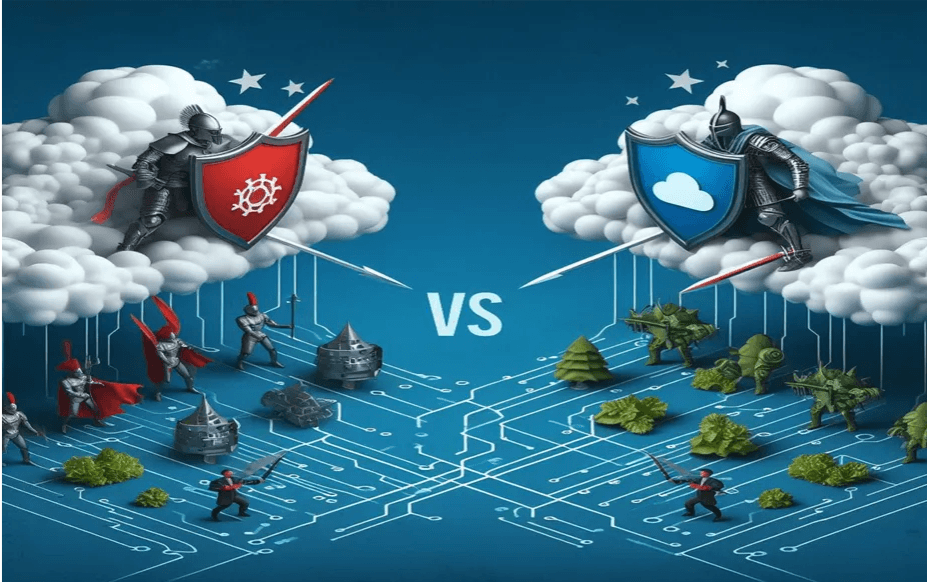
In the digital age, security is a top priority for businesses and individuals alike. With the rise of cloud computing, the landscape of security has evolved, leading to the emergence of cloud security. But what exactly is the difference between cloud security and traditional security? In this blog, we’ll delve into the nuances of these two security paradigms, highlighting their similarities and differences.
Cloud Security: The New Kid on the Block
Cloud security refers to the protection of data, applications, and infrastructure in the cloud. It’s a dynamic and adaptive approach to security that leverages the unique characteristics of cloud computing, such as scalability, elasticity, and distributed architecture. Cloud security solutions are designed to protect data and applications from threats like data breaches, malware, and unauthorized access.
Traditional Security: The Old Guard
Traditional security, on the other hand, is the more conventional approach to security. It involves securing data and applications on-premises, typically within a company’s own data center. Traditional security solutions include firewalls, intrusion detection systems, and antivirus software. While these solutions are effective in protecting against known threats, they can be less effective in the dynamic and ever-changing cloud environment.
The Differences: A Tale of Two Approaches
1. Location: The most obvious difference between cloud security and traditional security is where they operate. Cloud security protects data and applications in the cloud, while traditional security protects data and applications on-premises.
2. Scalability: Cloud security is designed to be scalable, meaning it can easily adapt to changes in data volume and application usage. Traditional security, on the other hand, is less adaptable and may require manual adjustments to accommodate changes in data volume and application usage.
3. Threats: Cloud security is designed to protect against a wide range of threats, including data breaches, malware, and unauthorized access. Traditional security, while effective against known threats, may not be as effective against emerging threats that are specific to the cloud environment.
4. Management: Cloud security is often managed by cloud service providers, who are responsible for maintaining and updating security measures. Traditional security is typically managed by in-house IT teams, who are responsible for maintaining and updating security measures.
5. Cost: Cloud security can be more cost-effective than traditional security, as it often involves a pay-as-you-go pricing model. Traditional security, on the other hand, can be more expensive due to the need for dedicated hardware and software.
Conclusion:
In conclusion, while cloud security and traditional security share some similarities, they are fundamentally different approaches to security. Cloud security is designed to protect data and applications in the cloud, while traditional security is designed to protect data and applications on-premises. Each approach has its strengths and weaknesses, and the choice between the two depends on the specific needs and requirements of an organization. As the cloud continues to evolve, it’s likely that cloud security will become even more critical in protecting data and applications from emerging threats.